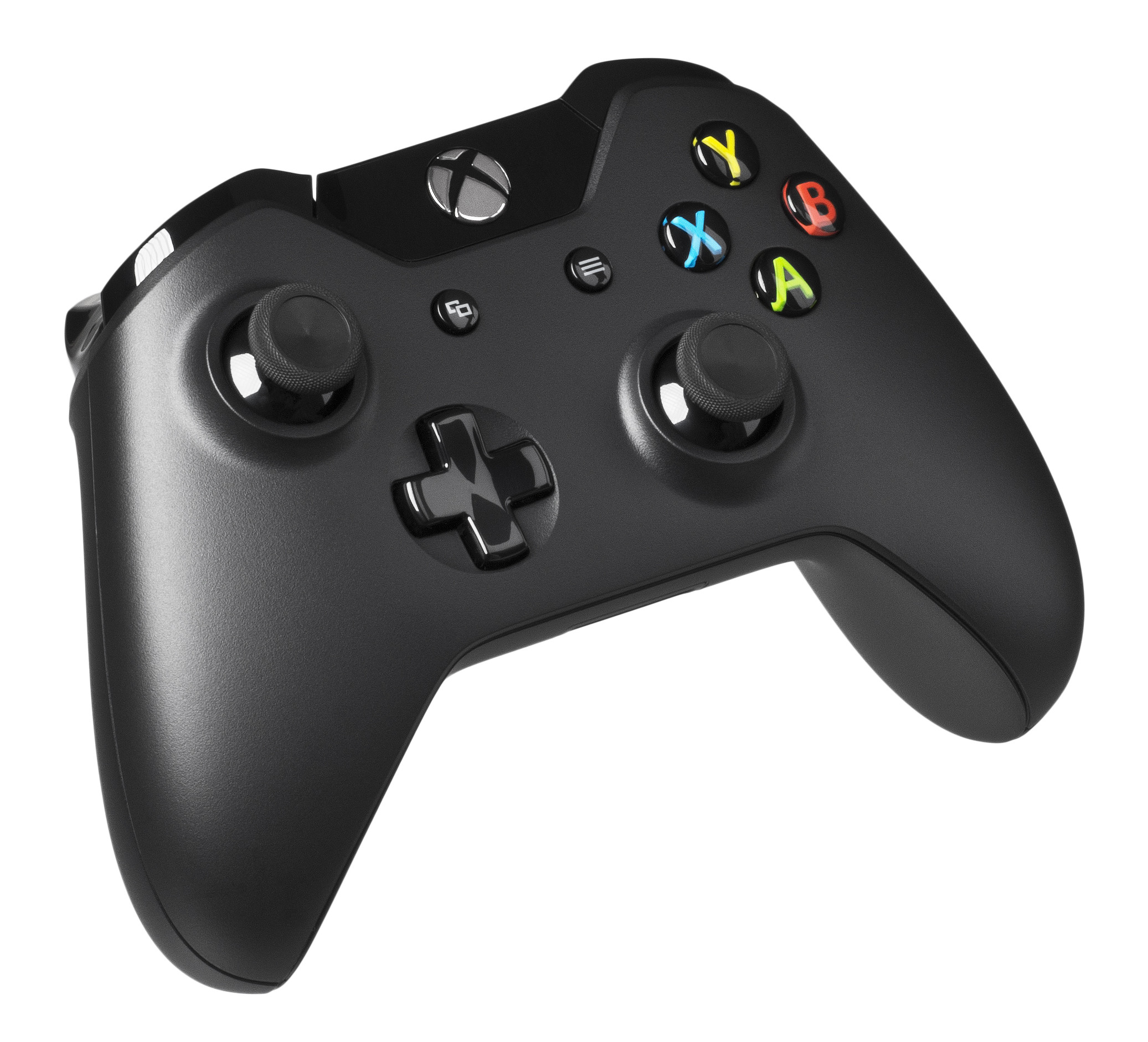Xbox App Now Launches Games From Steam And Other Game Stores
Microsoft is continuing its push to make Xbox the centerpiece of PC gaming. On September 16, 2025 the company released a major update for the Xbox app on Windows 11 that turns it into an all‑in‑one launcher. The updated client doesn’t just show games purchased from the Microsoft Store or Xbox Game Pass; it now aggregates titles you’ve installed from Steam, Epic Games Store, Battle.net and other third‑party storefronts, making it easier to keep track of your growing library in one place.
This aggregated library feature has been in testing for Xbox Insiders since June, but the new update rolls it out to all【】. Any installed game from a supported storefront appears in the “My Library” and “Most recent” tabs, and you can launch the title directly without opening another llaunch the title directly without opening another launcher. Recently played games also show up in a convenient sidebar so you can quickly jump back in no matter where you bought them.k in no matter where you bought them.
Beyond the convenience of a unified launcher, the new Xbox app update marks an important step toward Microsoft’s vision for cross‑device gaming. Windows 11 handheld PCs like the ASUS ROG Ally and the upcoming Legion Go are designed to run PC games wherever you are. By turning the Xbox app into a launcher for everything you own, Microsoft hopes to make these devices feel as flexible as a console. The company says that later this month it will roll out cross‑device play history sync, so the app will show what you last played on any device and let you resume right where you left off. That small addition could go a long way toward making PC gaming feel as seamless as Game Pass across console and cloud.
Another useful addition is the new My Apps section. Located alongside the library filters, this hub lets you install and launch third‑party storefronts such as Steam, Epic Games Store, Battle.net and the EA app without hunting for icons on your desktop. You can choose which stores the Xbox app looks for by toggling them in Settings, and when you do launch them the Xbox overlay remains available. It’s a far cry from the tangle of launchers many PC gamers are used to. The aggregated library lists everything you have installed, while the My Apps tab keeps the storefronts themselves organised and easy to access.

For players who own a lot of games across different clients, the most obvious benefit of this update is organisation. Instead of maintaining separate shortcuts, library lists and updates for each launcher, you now have one place to browse installed titles, see when they were last updated and launch them. That’s particularly handy if you often jump between your Steam backlog and Game Pass, or if you’ve installed games through holiday freebies on the Epic Games Store. While third‑party tools like GOG Galaxy and Playnite have offered similar aggregation for years, having it built directly into Microsoft’s own app may encourage more publishers to support it.
There are still some limitations, however. The Xbox app only detects installed games, so it won’t show titles you own but haven’t downloaded yet. It also doesn’t import metadata such as play time or achievements from non‑Microsoft stores. For now, you’ll still need to manage downloads and updates through each storefront’s own client. Microsoft’s cross‑device sync will initially only cover your play history, not your save files or mod settings. Nonetheless, this update is a clear sign that the company is listening to PC players’ frustrations and gradually bringing the convenience of a console‑style experience to Windows.
Looking beyond your desk setup, this quality-of-life update lays the groundwork for a new generation of Windows gaming devices. Portable PCs such as the ASUS ROG Ally and Lenovo Legion Go are designed around the idea that you can take your entire Steam and Game Pass library on the go, and being able to launch every game from a single app fits perfectly into that vision. Microsoft says that it will roll out cross‑device play history later this year, which means the list of your recently played titles will sync between the Xbox console, PC and eventually handhelds. When you pick up your Ally or Legion, you’ll see the same games in your most‑recent tray that you played on your desktop, making it easier to jump back into your adventure no matter what screen you’re using. This level of integration signals that Windows is serious about supporting a unified gaming ecosystem across different form factors rather than treating portable devices as an afterthought.
The aggregated library will inevitably invite comparisons with third‑party launchers like Playnite or GOG Galaxy, which already allow you to manage multiple PC storefronts in one place. The Xbox app doesn’t yet match those apps in features—it only detects installed games rather than your entire purchased catalogue, metadata and artwork for non‑Xbox games are barebones and save syncing doesn’t extend beyond your play history. But by building this functionality directly into the official client, Microsoft sends a clear message that it intends to keep users inside its ecosystem. If you’re a PC gamer juggling multiple launchers, there’s little downside to giving the new library a try. You can read Microsoft’s full announcement on the official Xbox Wire blog, and for another perspective, check out GameSpot’s article on the aggregated library update. These external pieces provide more details on how the rollout is going and what to expect in future patches.





